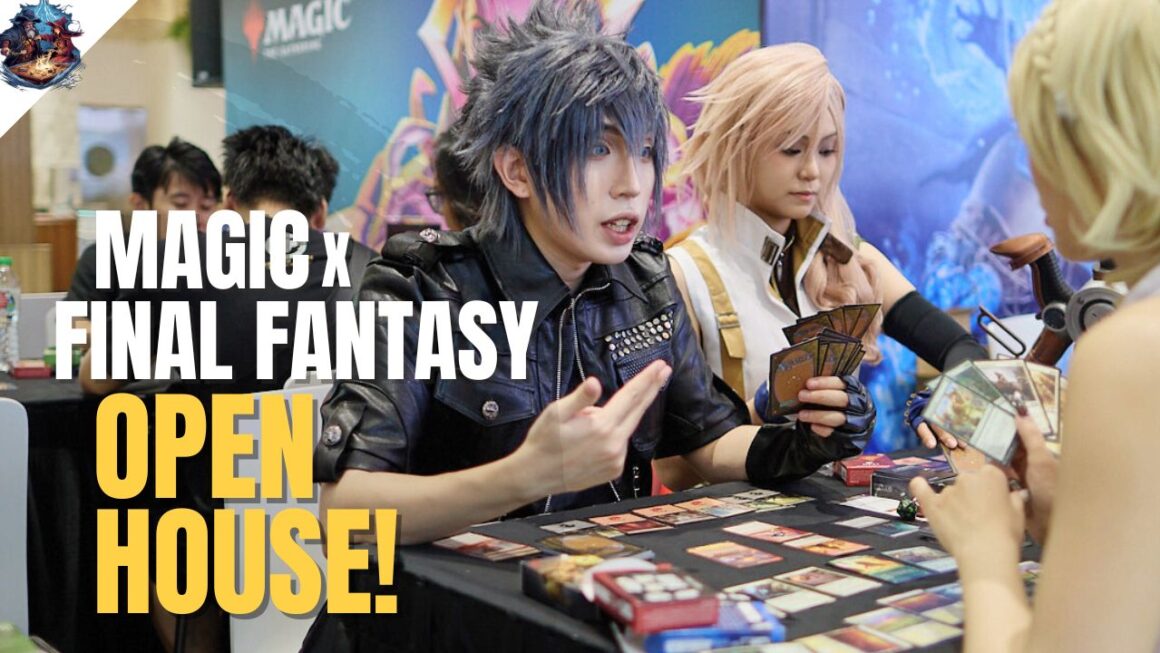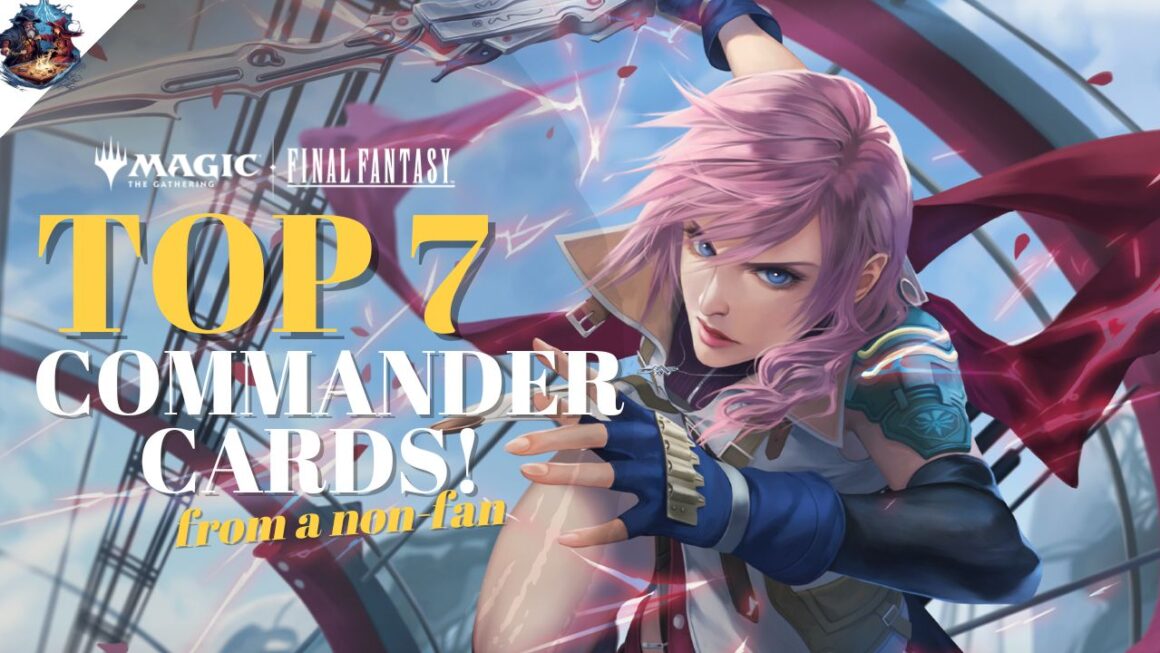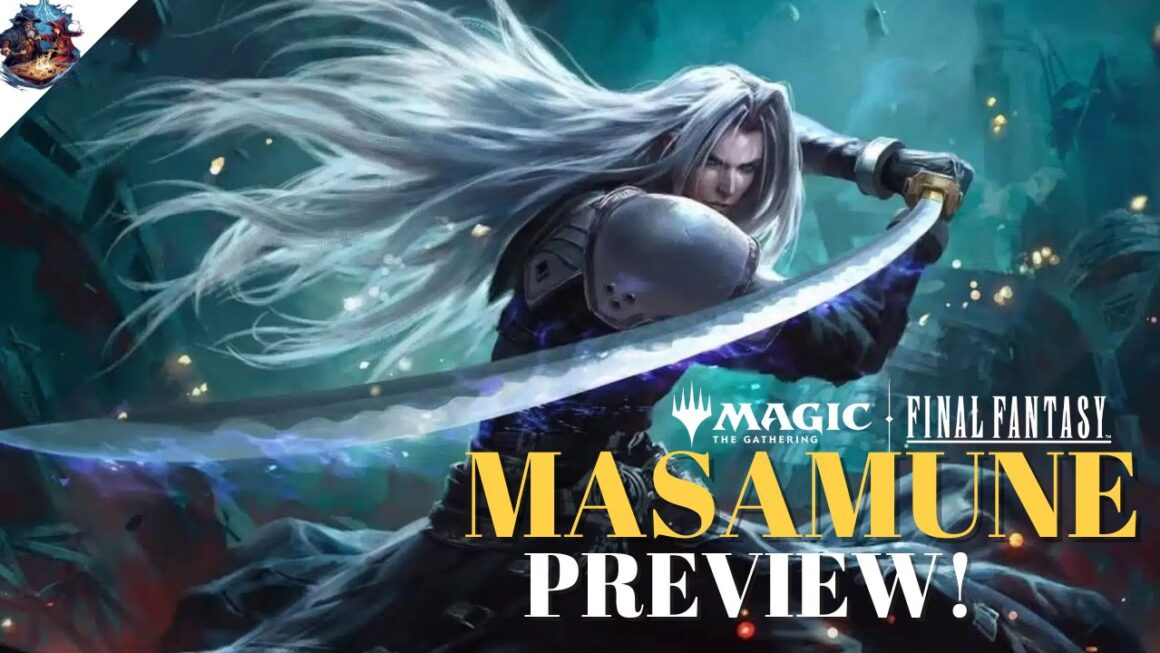Magic: the Gathering (MTG) is a rich and complex trading card game with multiple formats, each offering a unique play experience. Among these, Commander (also known as EDH, or Elder Dragon Highlander) stands out as one of the most popular and social ways to play. This guide will cover:
- A Brief History of Commander
- Basic Rules of the Format
- Most Popular Cards and Deck Builds
- Generic Gameplay Strategies
- Best Tips for Deck Building
- Top Online Resources for Deck Building
Whether you’re a new player looking to get into Commander or a seasoned veteran seeking a refresher, this article will provide everything you need to know.
1. A Brief History of Commander
Commander began as a fan-created format in the mid-1990s, originally called Elder Dragon Highlander (EDH). The name came from the use of Elder Dragons (like Nicol Bolas and Arcades Sabboth) as the original commanders. The format was designed to encourage creative deck building and multiplayer interactions, offering a break from competitive 60-card formats.
In 2011, Wizards of the Coast officially recognized Commander, releasing preconstructed decks and establishing standardized rules. Since then, it has grown into the most popular casual MTG format, with preconstructed decks accompanying nearly every new release and special sets like Commander Legends and Commander Masters supporting it.
2. Basic Rules of the Format
Commander has several unique rules that set it apart from other MTG formats:
Deck Construction Rules
- 100-card singleton deck: No duplicates except for basic lands. There are exceptions such as Slime Against Humanity, Persistent Petitioners, and Dragon’s Approach that specifically states that you are allowed to have multiple copies in the deck.
- One commander: A legendary creature (or certain Planeswalkers) that sits in the command zone. There are also exceptions to this rule, if the Commander comes with “Partner” or “Partner with” keywords. This allows two Commander cards to be used in the Command Zone.
- Color identity restriction: Your deck can only include cards that match your commander’s color identity (e.g., if your commander is Atraxa, Praetors’ Voice (WUBG), you can’t use red cards).
- Starting life total: 40 life in multiplayer (vs. the usual 20 in 1v1 formats).
Special Commander-Only Gameplay Rules
- The Command Zone: Your commander starts here and can be cast from it. If it would go to the graveyard or exile, you may return it to the command zone instead (with an additional 2-mana tax for each subsequent cast from this zone).
- Multiplayer focus: Typically played in groups of 3-4 players, encouraging politics and alliances. There are also variations that cater to group up to 7 or 8 players.
- Commander damage: If a player takes 21 or more combat damage from a single commander, they lose the game (even if they have 100+ life).
Banned List
Commander has its own banned list, which includes cards deemed too powerful or unfun for the format (e.g., Primeval Titan, Griselbrand, Paradox Engine). The list is maintained formerly by Wizards (taking over from the fan-run Rules Committee) and updated periodically. While changes don’t happen every month, the oversight team does regular reviews, so check back once in a while. See the full list of banned cards.
3. Most Popular Cards and Deck Builds
Staple Commander Cards
Certain cards are ubiquitous in Commander due to their versatility and power:
- Sol Ring – Ramp staple as it costs 1 mana but taps for 2, found in nearly every deck.
- Command Tower – A land that taps for any color in your commander’s identity.
- Cyclonic Rift – A powerful board wipe that bounces all opponents’ nonland permanents.
- Swords to Plowshares / Path to Exile – Efficient creature removal that costs only 1 white mana.
- Demonic Tutor / Vampiric Tutor – Top-tier card selection as you can search for any card in your deck.
- Rhystic Study / Smothering Tithe – Card draw and mana acceleration.
There are dozens and dozens of other cards that can be considered staples, as use and effectiveness is subjective to your deck’s purposes and gameplay. In late 2024, Wizards of the Coast also introduced the category of “Game Changers” – cards that have a big impact on the game and thus raises the official power bracket of your deck. This bracketing of power level comes in handy when finding the right play group to play with (see Best Tips for Deck Building below).
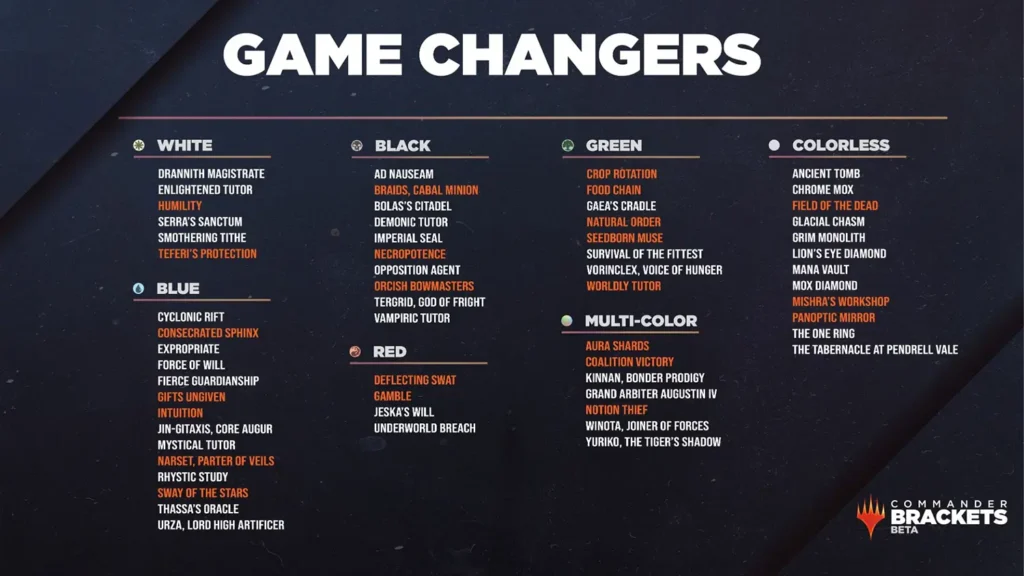
Saltiest Commander Cards
Let’s face it, there are cards that can cause mass upheaval in the game and can turn a winning position into one of utter defeat. Some game changers fall into this category, hence the name. But the salt is so inedible that players have come to rank the 100 saltiest cards in Commander. Generally, these cards fall under the category of cards that grossly stop another player from playing Magic, or create so much value that others can’t keep up.
Popular Deck Archetypes
Commander decks vary widely as you might suspect, since the format draws on the entire history of Magic cards. But they can still be broken down into some common themes:
Tribal Decks
- Elfball (e.g., Lathril, Blade of the Elves) – Swarm the board with elves and overrun opponents.
- Dragon Tribal (e.g., The Ur-Dragon) – Big, flying threats with explosive damage.
- Slivers (e.g. The Sliver Queen) – Big
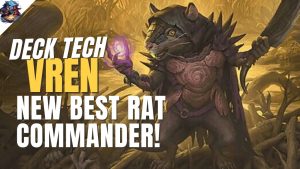
Combo Decks
- Kess, Dissident Mage – Spellslinger combo with graveyard recursion.
- The Gitrog Monster – Land-based combo with Dredge mechanics.
Control/Stax
- Grand Arbiter Augustin IV – Tax opponents’ spells and slow the game. while enabling your own.
- Baral, Chief of Compliance – Counter-heavy control. Baral makes Instants cheaper and that includes counter spells).
Group Hug / Politics
- Queen Marchesa – Encourages political deals and monarch mechanics.
- Ms. Bumbleflower – Helps everyone draw and ramp, but you benefit through making creatures stronger and drawing more cards.
Voltron (Commander Damage Focus)
- Uril, the Miststalker – Auras and hexproof to make your commander unstoppable.
- Sigarda, Host of Herons – Resilient against sacrifice effects.
4. Foundational Gameplay Strategies in Commander
Commander is a multiplayer format, meaning politics, adaptability, and resource management are key. Here are some essential strategies:
Early Game: Set Up Your Engine
- Ramp Early: Cards like Sol Ring, Arcane Signet, and Cultivate help you cast bigger spells faster. Ramp generally comes in two forms: Non-land cards that tap for mana, or spells that let you search for lands and add them to the Battlefield.
- Develop Card Advantage: Use cards like Rhystic Study, Mystic Remora, or Phyrexian Arena to keep your hand full. There are many other ways to draw cards, sometimes it can be a natural advantage of your Commander
- Avoid Being the Archenemy: Don’t play overly threatening cards too early, or you’ll become the target. Keep in mind that you’re up against three other players, which means a lot harder to win the game or hold off all their attacks.
Mid Game: Interact and Adapt
- Hold Up Interaction: Save counter spells (Counterspell, Swan Song) or removal (Swords to Plowshares, Beast Within) for key threats. When interaction spells are cheap to cast, they become a lot more viable and popular in the Commander format.
- Assess Threats: Focus on stopping the player who’s pulling ahead rather than spreading resources too thin.
- Make Deals: Temporary alliances can help you survive longer (e.g., “I won’t attack you if you don’t attack me”).
Late Game: Secure the Win
- Know Your Win Conditions: Whether it’s a combo (Thassa’s Oracle + Demonic Consultation), by combat (Craterhoof Behemoth), or Commander damage, have a clear path to victory.
- Play Around Board Wipes: Don’t overcommit and cast every creature spell you have if you suspect a Wrath of God or Blasphemous Act is coming.
- Close Out the Game: If you have lethal, don’t hesitate—Commander games can drag on if no one presses their advantage.

5. Best Tips for Deck Building
Building a Commander deck is an art, but these tips will help you craft a balanced and fun list:
1. Start with a Clear Game Plan
- Choose a commander that supports your strategy (e.g., Edric, Spymaster of Trest for evasive creatures and extra turns).
- Decide if you want aggro, combo, control, or midrange as your primary archetype.
2. Follow a Good Mana Curve
- 8-10 Ramp Spells (e.g., Sol Ring, Kodama’s Reach, Farseek). If you’re not playing green, use Artifacts that tap for mana.
- 10-12 Card Draw Engines (e.g., Sylvan Library, Necropotence, Fact or Fiction). Blue, green and black are colors that have better draw capabilities.
- 5-8 Targeted Removal Spells (e.g., Path to Exile, Assassin’s Trophy)
- 3-5 Board Wipes (e.g., Damnation, Farewell)
3. Balance Synergy vs. Staples
- Include powerful staples (Cyclonic Rift, Demonic Tutor) but don’t neglect cards that synergize with your commander.
- Example: If you’re playing Meren of Clan Nel Toth, prioritize enters-the-battlefield and sacrifice effects.

4. Adjust for Your Playgroup
Playing in a group with comparable deck power levels is very important for everyone to have an enjoyable game. Wizards of the Coast introduced a new power bracket system to provide a sort of framework to aid players. While still in its infancy and will no doubt be updated as time goes on, these brackets provide a base standard for all to follow:

- Brackets 1-2 – Casual Groups: Focus on fun interactions and unique themes.
- Brackets 3-4 – High-Power Groups: Include fast mana (Mox Opal, Chrome Mox), game changers and efficient combos that require only two or three cards.
- Bracket 5 – Professional and Competitive: These are environments where the win out prioritises the fun. Expect games to last in a few turns, and no more than 10.
5. Test and Refine
- Playtest your deck multiple times to see what works and what doesn’t.
- Use Moxfield or Archidekt to playtest before real games.
- Cut cards that underperform and add more interaction if needed.
6. Top Online Resources for Deck Building
Building a Commander deck can be daunting, but there are a ton of resources online to make it easier:
Deckbuilding Websites
- EDHREC – The best resource for Commander decks, showing popular cards for any commander.
- Archidekt – A sleek deck-building tool with visual customization.
- Moxfield – Great for sharing and testing decks with a playtest feature.
- Scryfall – The best advanced MTG card search engine.
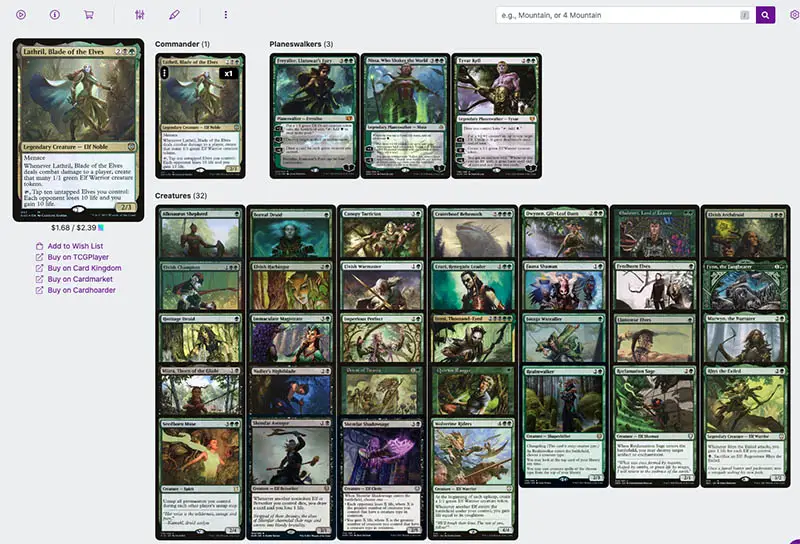
YouTube Channels & Podcasts
- The Command Zone – Hosted by Jimmy Wong and Josh Lee Kwai, offers gameplay and deck techs.
- MTGGoldfish Commander Clash – Fun gameplay with budget and competitive decks.
- Commander’s Quarters – Budget-focused deck techs.
Communities & Discussion
- r/EDH (Reddit) – A great place to ask questions and share ideas.
- MTG Salvation Commander Forum – Older but still useful for deep discussions.
- Discord Servers – Many MTG content creators have Discord communities for deck help.
7. Where to Buy Commander Decks
Wizards of the Coast has made it incredibly easy to get into Commander. For over 10 years they’ve been producing preconstructed decks – ready-to-play straight out of the box. It comes with almost everything you need (sans card sleeves and dice). While they used to be merely 4-5 such decks released in a year, now there are precon decks accompanying every new set release. There could be as many as 15-20 new decks each year. Here’s what you can expect in a precon deck:
Conclusion
Commander is the ultimate social, creative, and dynamic way to play Magic: the Gathering. With its unique deck-building restrictions, multiplayer focus, and endless possibilities, it’s no wonder it’s the most popular casual format.
Whether you’re brewing a janky tribal deck or optimizing a cutthroat combo list, Commander offers something for everyone. Use the resources above to refine your strategies, discover new cards, and join the thriving EDH community.
Now, pick a commander, build your deck, and let the games begin!


